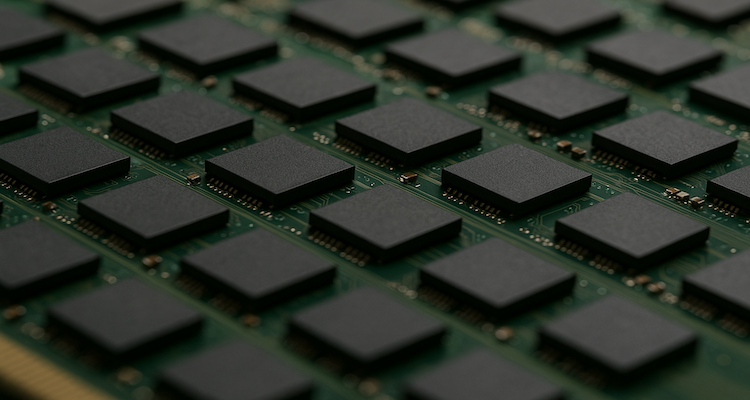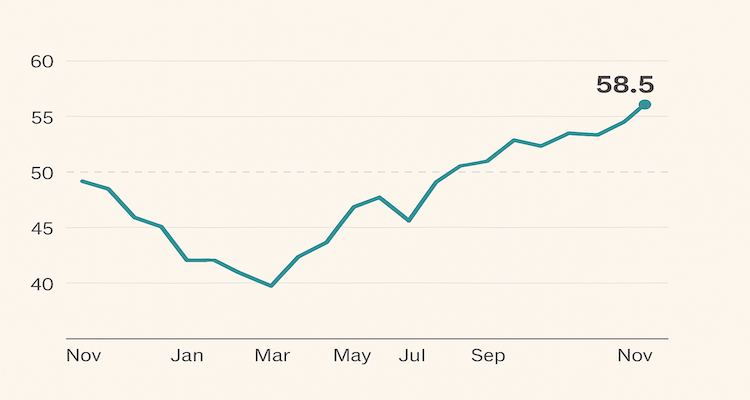Rewriting the Rules: How AI Is Transforming the Classroom
AI is revolutionizing classrooms, redefining how students learn and teachers instruct. Discover how artificial intelligence is transforming education worldwide.
Introduction: The Chalkboard Meets the Algorithm
In a brightly lit middle school in Seattle, a student struggling with fractions gets a personalized lesson—not from a teacher, but from an AI-powered tutor that adapts in real time to their pace and style. The classroom has changed. Artificial Intelligence (AI) is no longer a sci-fi fantasy but an integral part of the global education system. From personalized learning paths to automated grading and intelligent content creation, AI is rewriting the rules of how knowledge is imparted and absorbed.
Context: From Blackboards to Bots
Education has always evolved with technology—from the printing press to projectors to tablets. But AI presents a paradigm shift. Unlike past innovations, it doesn’t just deliver content; it understands, analyzes, and predicts. In the wake of the COVID-19 pandemic, the acceleration toward digital learning created fertile ground for AI’s entrance into mainstream classrooms. According to a UNESCO report, over 190 countries adopted some form of tech-based learning during school closures. That transition opened the door for AI tools that could support both teachers and students in unprecedented ways.
Main Developments: Smart Learning Goes Mainstream
AI is infiltrating education through a variety of powerful applications:
1. Personalized Learning
AI algorithms analyze student behavior, performance, and preferences to tailor learning materials in real time. Platforms like Squirrel AI in China and Century Tech in the UK offer adaptive learning experiences that identify knowledge gaps and provide customized content.
2. Automated Administrative Tasks
Teachers spend up to 40% of their time on non-teaching tasks. AI automates grading, scheduling, and attendance tracking, freeing up time for instruction and mentorship.
3. Real-Time Language Translation
For multilingual classrooms, AI tools such as Google’s real-time transcription or Microsoft Translator break down language barriers, making education more inclusive.
4. AI Teaching Assistants
AI bots like Georgia Tech’s “Jill Watson”—an AI assistant developed using IBM Watson—answer routine student queries, helping instructors manage large classes more efficiently.
5. Predictive Analytics
AI can identify students at risk of underperforming or dropping out by analyzing behavioral patterns and academic data, enabling early interventions.
Expert Insight: Educators Weigh In
“AI won’t replace teachers, but teachers who use AI will replace those who don’t,” says Dr. Rose Luckin, Professor of Learner-Centered Design at University College London. She emphasizes that the true value of AI lies in augmenting human capabilities, not replacing them.
Many teachers agree. A 2024 survey by Education Week found that 63% of educators using AI in classrooms felt it improved learning outcomes. However, concerns remain. “We must ensure AI doesn’t reinforce existing biases or deepen educational inequities,” warns Dr. Safiya Noble, author of Algorithms of Oppression.
Students, too, are weighing in. “My AI tutor doesn’t judge me when I make mistakes,” says 10th grader Ava Thompson. “It lets me learn without pressure.”
Implications: Redefining the Role of the Teacher
AI’s rise is reshaping the educator’s role—from content deliverer to facilitator and mentor. Schools are now rethinking curriculum designs to incorporate AI literacy, preparing students not just to use AI, but to question and improve it.
Yet, there are hurdles. Data privacy, ethical use, and the digital divide pose serious challenges. In low-income communities, the lack of infrastructure and training limits access to AI-enhanced education. Global policies are beginning to emerge, with UNESCO and the OECD drafting guidelines for ethical AI use in education to ensure accountability and equity.
Conclusion: Teaching the Future to Learn
AI in the classroom is not a fleeting trend—it’s the foundation of future learning. While challenges persist, its potential to democratize education, personalize learning, and empower teachers is undeniable. As algorithms and educators learn to collaborate, the question is no longer whether AI belongs in schools, but how we ensure it serves all students equally and ethically.
The classroom is being rewritten—not with chalk, but with code.
Disclaimer:
This article is for informational purposes only and does not constitute educational or policy advice. Readers are encouraged to consult educational professionals or trusted sources when implementing AI tools in educational settings.











